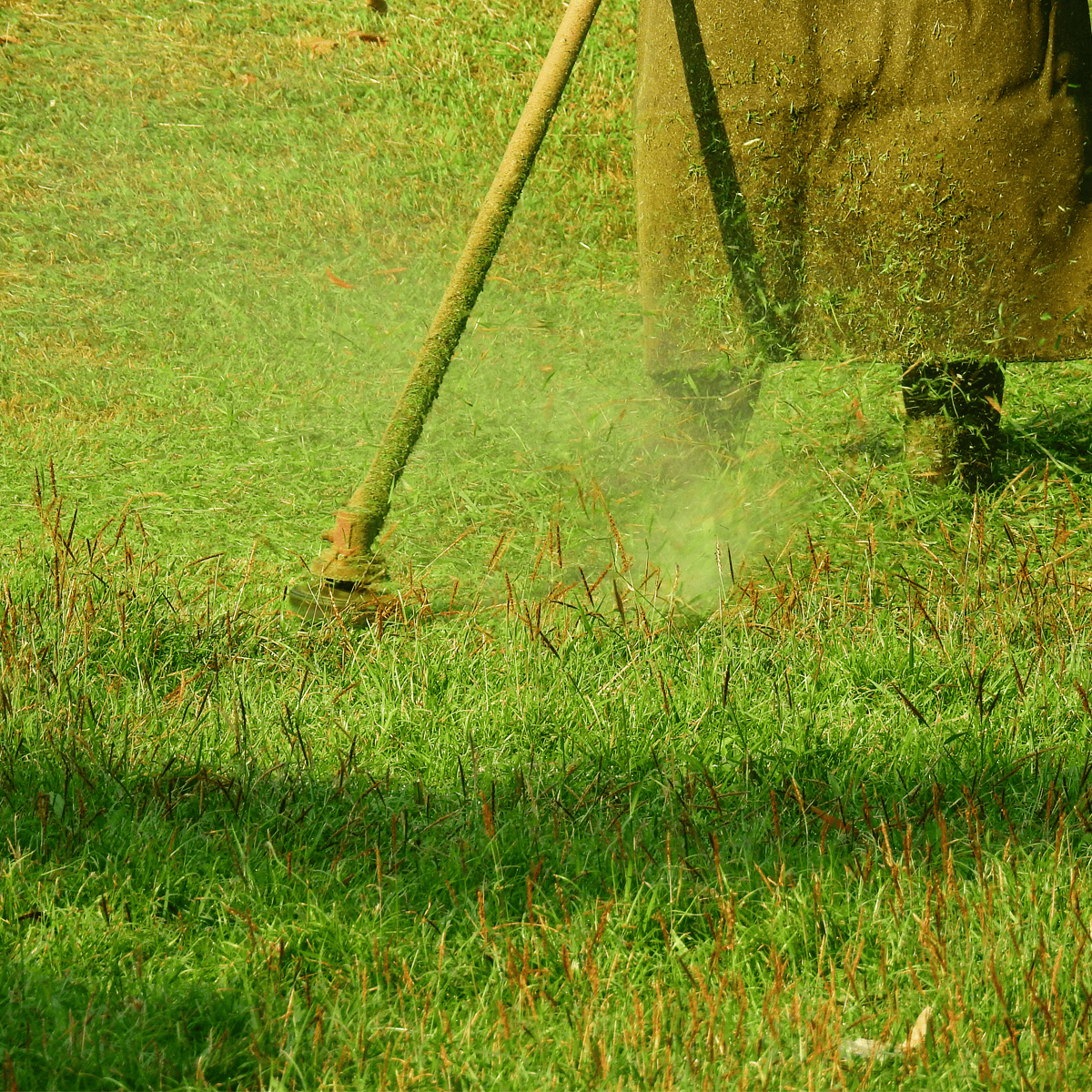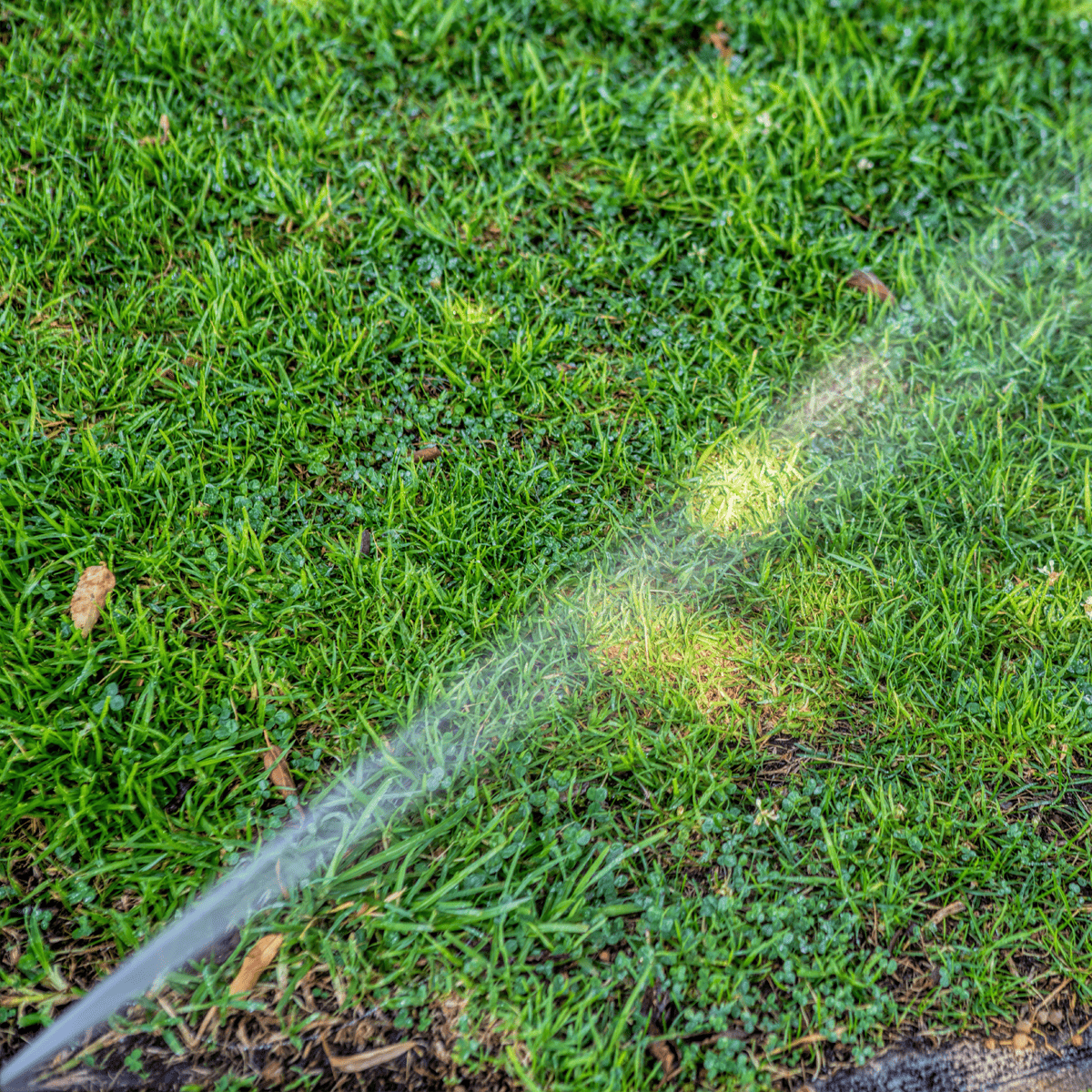Subscribe and save 17% with an annual subscription. Learn more.
Subscribe and save 17% with an annual subscription. Learn more.
Australian summers can be harsh on your lawn. With soaring temperatures, extended dry periods, and the potential for drought, your grass needs extra care to stay healthy and green during the hottest months of the year. Preparing your lawn for the summer is key to helping it survive the heat and thrive even when water is scarce.
At Wirri, we’re all about making lawn care simple, effective, and eco-conscious. In this guide, we’ll walk you through the steps to prepare your lawn for an Australian summer, helping you create a resilient, drought-tolerant lawn that stays green even when the heat is on.
The foundation of a healthy summer lawn begins with choosing the right grass. Some grass varieties are better suited to Australia’s hot, dry summers, while others may struggle in extreme conditions. Here’s a quick guide to the best grass types for Australian summers:
If you’re considering a lawn renovation or starting from scratch, opting for a drought-resistant grass variety can help ensure your lawn thrives throughout the summer with minimal watering.
Watering is one of the most critical aspects of preparing your lawn for summer. However, with water restrictions and dry conditions common across much of Australia, it’s important to water your lawn efficiently to conserve this precious resource.
Here are some smart watering tips for summer:

Mowing your lawn correctly is essential for its health, especially during summer. One of the simplest yet most effective changes you can make is to raise the height of your mower blades.
By adjusting your mowing height for the summer, you’ll help protect your lawn from the heat and reduce its water needs.
Fertilising your lawn before summer sets in can give it the nutrients it needs to withstand heat stress and maintain healthy growth. However, it’s important to use the right type of fertiliser and apply it at the right time.
By using the right fertiliser and timing your application well, you’ll give your lawn the boost it needs to handle the summer heat.
Healthy soil is the foundation of a healthy lawn. By improving your soil’s ability to retain moisture and provide nutrients, you can help your lawn survive the hottest months with less stress.
By enhancing your soil’s ability to retain moisture, you’ll reduce the need for frequent watering and create a more resilient lawn.
Aerating your lawn is another important step in preparing it for summer. Over time, soil can become compacted, especially in high-traffic areas, making it harder for water, air, and nutrients to reach the roots.
Aeration is a simple yet effective way to prepare your lawn for summer, ensuring it can absorb and retain water more efficiently during dry periods.

Summer brings not only heat but also an increase in weeds and pests that can damage your lawn if left unchecked. Taking preventive measures can help protect your grass from these summer invaders.
By staying ahead of weeds and pests, you’ll help your lawn stay healthy and strong throughout the summer.
Preparing your lawn for the Australian summer is all about giving it the tools to thrive in hot, dry conditions. By choosing the right grass variety, watering wisely, mowing at the correct height, fertilising smartly, and improving your soil health, you can create a lawn that not only survives the summer heat but thrives.
At Wirri, we’re dedicated to helping you care for your lawn in the most eco-conscious and effective way possible. Our subscription service delivers tailored products and expert advice to ensure your lawn stays green and healthy, no matter the season.
Ready to summer-proof your lawn? Join the Wirri community today and enjoy a greener, more resilient lawn with less effort!
For more lawn care tips, seasonal advice, and eco-friendly product recommendations, follow the Wirri blog. Stay tuned for updates!
Stay in the loop with special offers, lawn care tips, and more.


Wirri supports Trillion Trees Australia, the UN Sustainable Development Guide and Pledge 1% among other progressive initiatives.
Wirri acknowledges the Australian Aboriginal and Torres Strait Islander Peoples as the first inhabitants of this nation and the traditional custodians of the lands on which we live, work, and care for our environment. We recognize their continuing connection to land, water, and sky and pay our respects to Elders past, present, and emerging.